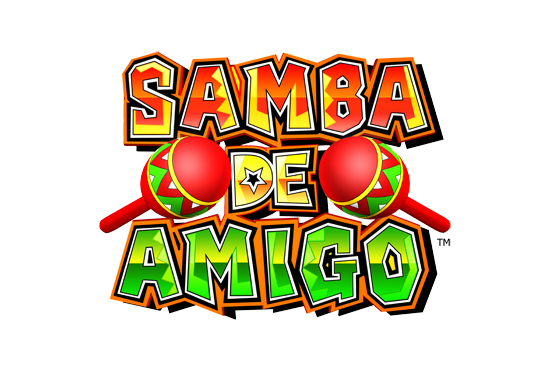Samba is a Brazilian dance and musical genre originating in Bahia and with its roots in Brazil (Rio De Janeiro) and Africa via the West African slave trade and African religious traditions. It is recognized around the world as a symbol of Brazil and the Brazilian Carnival. Considered one of the most popular Brazilian cultural expressions, samba has become an icon of Brazilian national identity. The Bahian Samba de Roda (dance circle), which became a UNESCO Heritage of Humanity in 2005, is the main root of the samba carioca, the samba that is played and danced in Rio de Janeiro.
The modern samba that emerged at the beginning of the 20th century is basically 2/4 tempo varied with the conscious use of chorus sung to the sound of palms and batucada rhythm, adding one or more parts or stanzas of declaratory verses. Traditionally, the samba is played by strings (cavaquinho and various types of guitar) and various percussion instruments such as tamborim. Influenced by American orchestras in vogue since the Second World War and the cultural impact of US music post-war, samba began to use trombones, trumpets, choros, flutes, and clarinets.
In addition to rhythm and bar, samba brings a whole historical culture of food, varied dances (miudinho, coco, samba de roda, and pernada), parties, clothes such as linen shirts, and the NAIF painting of established names such as Nelson Sargento, Guilherme de Brito, and Heitor dos Prazeres. Anonymous community artists, including painters, sculptors, designers, and stylists, make the clothes, costumes, carnival floats, and cars, opening the doors of schools of samba.
 The Samba National Day is celebrated on December 2. The date was established at the initiative of Luis Monteiro da Costa, an Alderman of Salvador, in honor of Ary Barroso. He composed "Na Baixa do Sapateiro" even though he had never been in Bahia. Thus 2 December marked the first visit of Ary Barroso to Salvador. Initially, this day was celebrated only in Salvador, but eventually it turned into a national holiday.
The Samba National Day is celebrated on December 2. The date was established at the initiative of Luis Monteiro da Costa, an Alderman of Salvador, in honor of Ary Barroso. He composed "Na Baixa do Sapateiro" even though he had never been in Bahia. Thus 2 December marked the first visit of Ary Barroso to Salvador. Initially, this day was celebrated only in Salvador, but eventually it turned into a national holiday.
Samba is a root style in Southeastern Brazil and Northeast Brazil, especially in Rio de Janeiro, Sao Paulo, Salvador and Belo Horizonte. Its importance as Brazil's national music transcends region, however; samba schools, samba musicians and carnival organizations centered around the performance of samba exist in every region of the country and, while regional musics prevail in other regions (for instance, in Southern Brazil, Center-West Brazil, and all of the Brazilian countryside, Sertanejo, or Brazilian country music, is the most popular style). Since Rio de Janeiro is the most popular Brazilian city worldwide, usually samba is used to identify Brazilians as part of the same national culture, even if nowadays Sertanejo is the most popular style in Brazil.










0 comments:
Δημοσίευση σχολίου